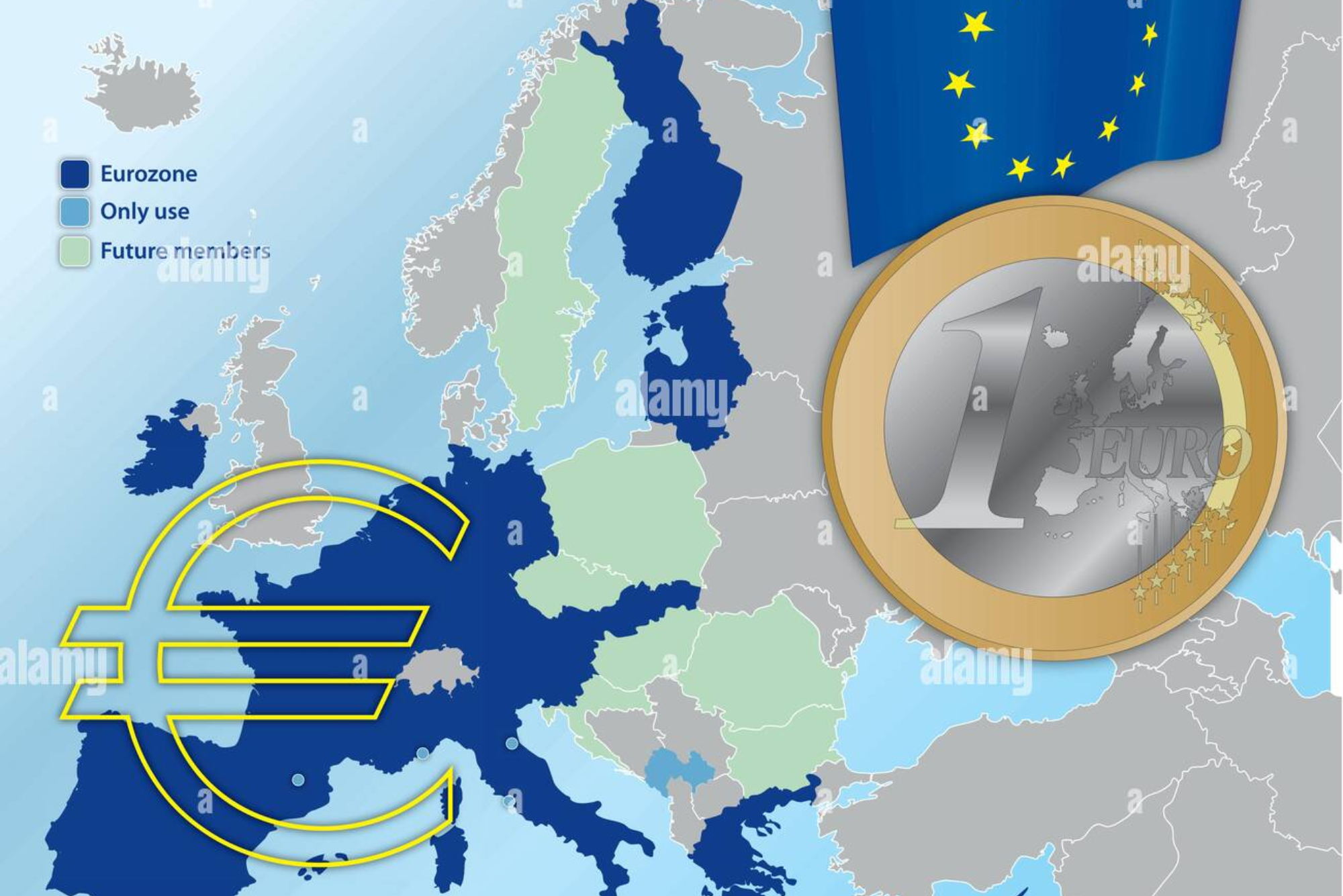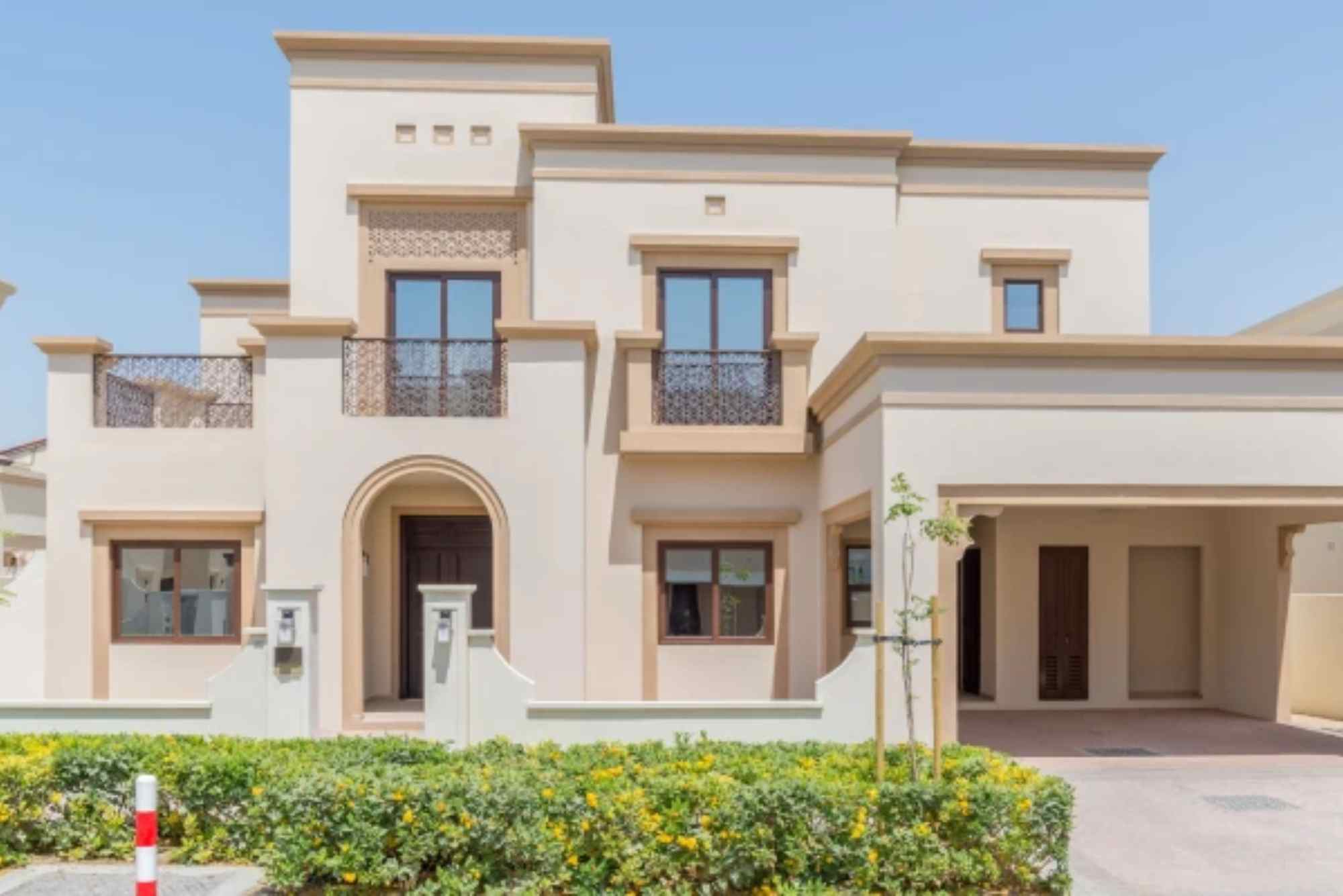The Eurozone, a significant economic and monetary union comprising several European countries, is a complex web of interconnected economies. In this article, we delve into the nuances of the Eurozone map, shedding light on its economic dynamics, regional integration, and the role of key players such as Eurozone Dubai.
What is the Eurozone?
The Eurozone refers to the group of European Union (EU) member states that have adopted the euro (€) as their official currency. This monetary union aims to promote economic integration and stability among its member countries.
Historical Background
The roots of the Eurozone can be traced back to the establishment of the European Economic Community (EEC) in the 1950s, which laid the groundwork for economic cooperation among European nations. The adoption of the euro as a common currency took place in stages, with the Maastricht Treaty in 1992 laying down the framework for monetary union.
Member Countries
As of [current year], the Eurozone consists of [number] member countries, including economic powerhouses like Germany and France, as well as smaller nations such as Malta and Slovakia. Each member country plays a unique role in shaping the economic landscape of the Eurozone.
Mapping the Economic Landscape
The Eurozone map provides a visual representation of the economic activities and dynamics within the region. By analyzing key indicators such as GDP growth, unemployment rates, and trade flows, we can gain insights into the overall health of the Eurozone economy.
GDP Distribution
Germany, France, and Italy emerge as the largest economies within the Eurozone, contributing significantly to the region’s GDP. However, disparities exist between Northern and Southern Eurozone countries in terms of economic output and productivity.
Trade Flows
Intra-Eurozone trade plays a crucial role in driving economic growth and integration. Countries like Germany, with strong export-oriented industries, benefit from robust trade relationships within the Eurozone. However, concerns persist regarding trade imbalances and competitiveness among member states.
Regional Integration and Challenges
While the Eurozone aims to foster economic integration, several challenges hinder its progress towards deeper cooperation and convergence.
Structural Reforms
Divergent economic structures and policy frameworks across Eurozone countries pose challenges to achieving sustainable growth and stability. Structural reforms aimed at enhancing competitiveness and productivity are essential to address these disparities.
Fiscal Policy Coordination
The lack of a centralized fiscal authority within the Eurozone complicates efforts to coordinate fiscal policies effectively. Fiscal discipline and budgetary rules, such as those outlined in the Stability and Growth Pact, aim to ensure fiscal sustainability but face implementation challenges.
Sovereign Debt Crises
The Eurozone has faced several sovereign debt crises, notably the Greek debt crisis, which exposed vulnerabilities in the monetary union. Efforts to strengthen fiscal governance and crisis management mechanisms have been undertaken, but concerns remain regarding the resilience of the Eurozone to future shocks.
The Role of Eurozone Dubai
Dubai, a global financial hub and economic powerhouse, plays a significant role in the Eurozone’s economic landscape. As a key trading partner and investment destination, Dubai’s ties with Eurozone countries contribute to bilateral trade and investment flows.
Trade Relations
Dubai serves as a gateway for Eurozone countries looking to access markets in the Middle East and beyond. Bilateral trade agreements and strategic partnerships enhance economic cooperation between Eurozone countries and Dubai, fostering mutual growth and development.
Investment Flows
Dubai’s status as a leading financial center attracts investments from Eurozone countries seeking opportunities in sectors such as real estate, tourism, and infrastructure. Similarly, Dubai-based companies invest in Eurozone markets, diversifying their portfolios and expanding their global presence.
The Eurozone map represents a dynamic economic landscape shaped by regional integration, policy challenges, and the influence of key players like Eurozone Dubai. Understanding the complexities of the Eurozone is essential for policymakers, businesses, and investors seeking to navigate this diverse and interconnected region. As the Eurozone continues to evolve, addressing structural imbalances and enhancing cooperation will be critical to ensuring its long-term prosperity and stability.





